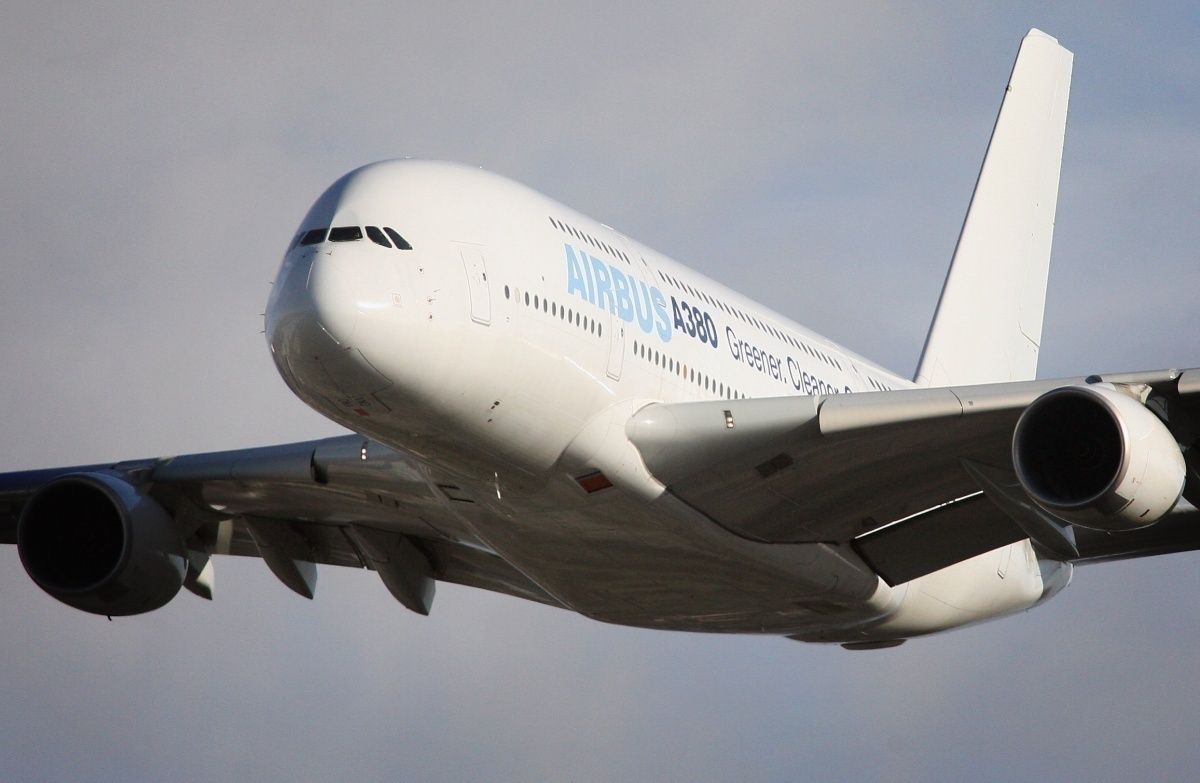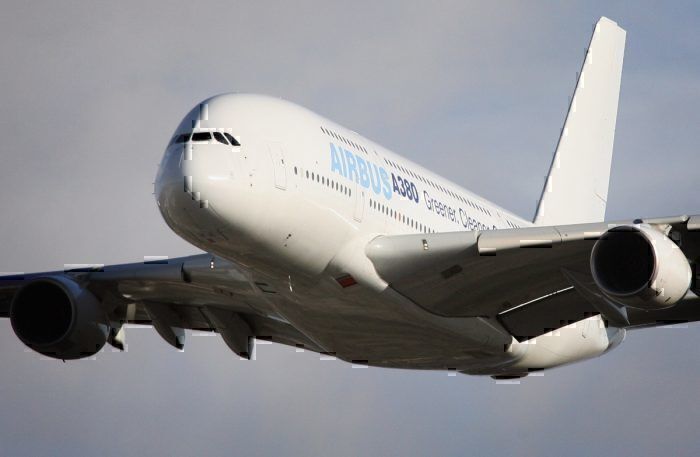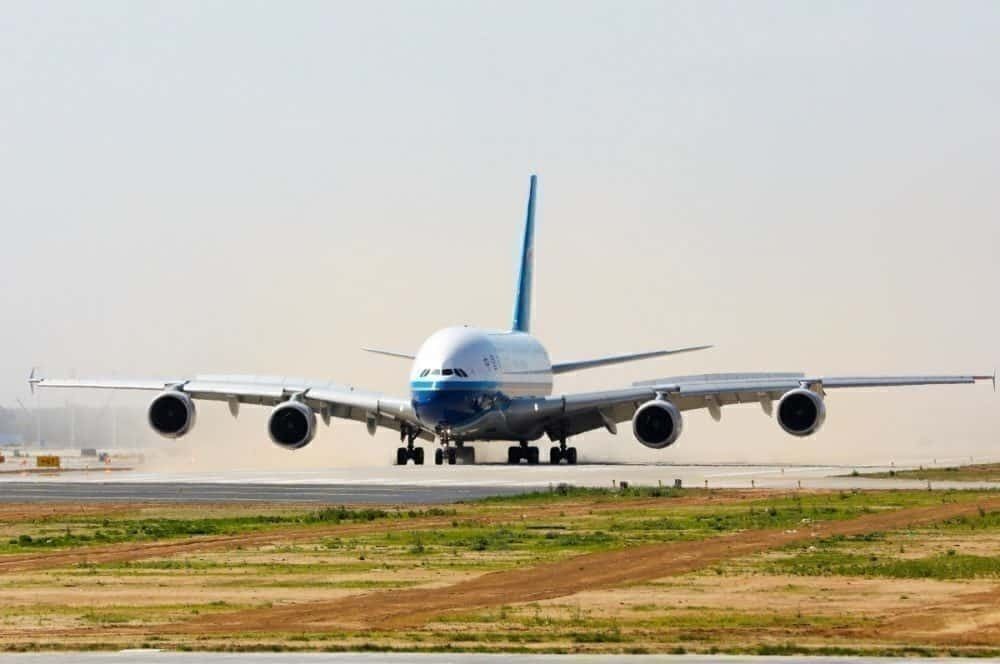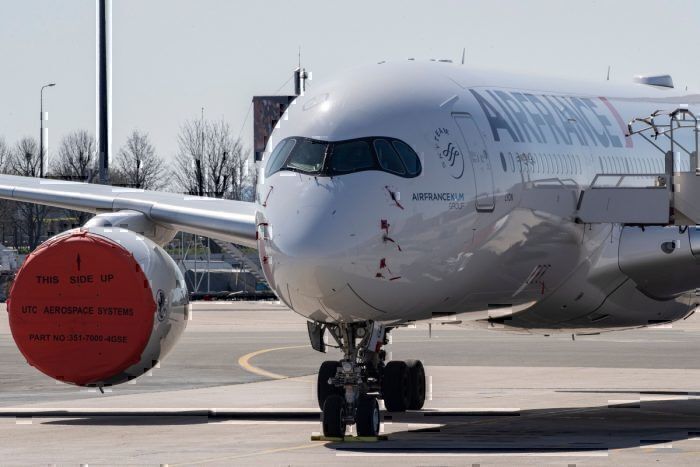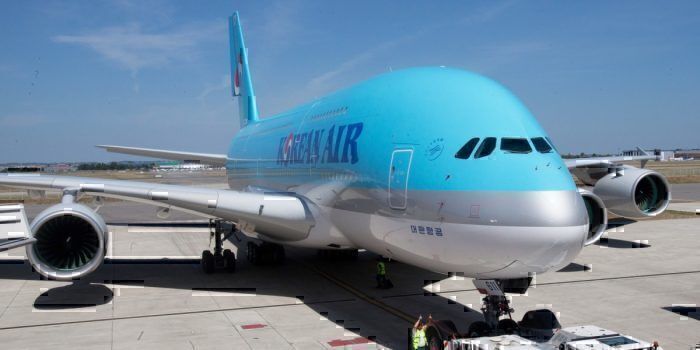The latest count of inactive aircraft around the world has highlighted the rapid and significant demise of the world’s largest plane. As of yesterday, analysis by Cirium shows less than 2% of the world’s A380 fleet is left flying, with other large aircraft also experiencing a significant loss. Narrowbody aircraft are the least affected group, although older models are rapidly being mothballed as airlines seek to focus on efficiency.
Barely any A380s left
According to reporting from FlightGlobal, the world’s fleet of A380s has shrunk to a shadow of its former self. Analyzing data from Cirium, the outlet says that just 2% of the world’s A380s remain in service.
The data, correct as of the 15th April, shows that the only airlines still keeping A380s operational are China Southern Airlines, Qatar Airways, and Lufthansa. Just four of the 239 aircraft around the world are still available for use, representing just 1.7% of the global fleet.
Other large aircraft have been hit hard by the travel downturn too, with Boeing’s ‘Queen of the Skies’ 747 fleet at just 10% of its usual level. Cirium data shows only 17 747s operational right now, representing 9.5% of the worldwide fleet.
Many other widebodies have been grounded too. The A340 quad jet fleet is at just 15.4% of its usual capacity, and the A330 and Boeing 767 are down to around 20%. Those that have fared comparatively better include the A350 and 787, both of which are at approximately 37% of regular capacity.
The difference in the global narrowbody capacity is much less pronounced but no less significant. Modern narrowbodies like the A220, A320neo, and 737NG are operating at between 40 -45% of their usual numbers, while older aircraft like the 757, 737 Classic and MD-80/90 are hovering at 20 – 25% of capacity.
Overall, Cirium says that the total number of grounded aircraft has now ballooned to around 14,400 planes. Operationally, 7,635 aircraft remain in service, but the number is declining by the day.
Just three on Flight Radar this morning
I checked out FlightRadar24.com at the time of writing to see just how many A380s were airborne. I was pleasantly surprised to see three on the map, but digging deeper, it became blatantly obvious that none were carrying passengers of any sort.
One was a British Airways A380, which landed at Chateauroux around an hour ago. The other two were an Air France A380, which appears to be doing nothing more than taxiing around at Charles de Gaulle Airport in Paris, and another Air France A380 in Abu Dhabi, which last flew on the 27th February. It’s likely over there for maintenance and simply popped up as it was being moved.
It’s a sad state of affairs, but hardly surprising given the current circumstances. The biggest aircraft, like the A380, were the first to be grounded when the true scale of the coronavirus outbreak began to become apparent. You might remember China Southern grounded its fleet of A380s early in March, swiftly followed by Korean Air.
Shortly after that, Lufthansa made plans to remove the A380 from service, and Qantas followed by announcing the grounding of most of its fleet. By the end of March, the A380 was a rare sight in our skies, and since then, the situation has only gotten worse. British Airways has sent its fleet of A380s to an aircraft graveyard in France, and it seems only a matter of time before Air France follows suit.
The sagging passenger traffic means the shortcomings of the A380 are being brought sharply into focus. Large aircraft are difficult to fill at the best of times. During this lean period for international travel, which some analysts are predicting could last many years, the role of the giant jumbo is fast becoming obsolete.
It’s unlikely we’ll see a complete end to the A380 as a result of the pandemic, considering its importance to the Middle East carrier Emirates. But it will certainly return as a much smaller global fleet and a very niche airliner not often seen around the world.
Are you as sad as we are to see the A380 disappearing from the skies? Let us know your thoughts in the comments.

